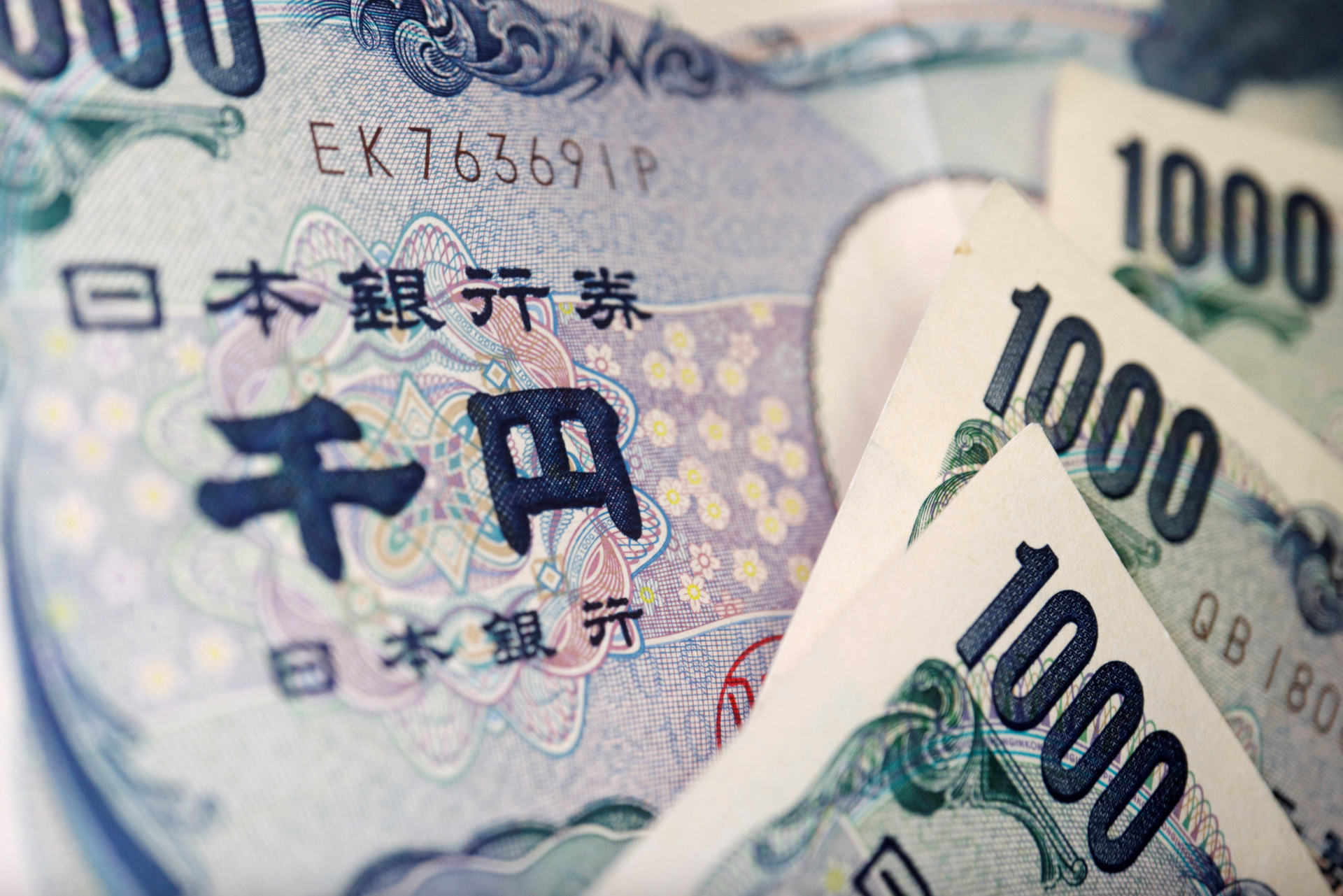The USD/JPY pair fell below 148, reflecting a slight recovery in the Japanese Yen after a series of days of weakness. This development occurred when the USD was under pressure due to the lower-than-expected US consumer price index (CPI) report for April. This raised expectations that the US Federal Reserve (Fed) may consider easing monetary policy in the near future.
Specifically, the headline CPI in April in the US increased by only 0.2% compared to the previous month, while the core CPI remained unchanged at 2.8% compared to the same period last year. This result was lower than market expectations, causing US government bond yields to fall.
The narrowing interest rate differential between the US and Japan has created conditions for the Yen to appreciate slightly, especially in carry trade activities.
However, the recovery trend of the Yen is still facing many obstacles. The Bank of Japan (BoJ) still maintains its loose monetary policy and has not sent a clear signal about the possibility of raising interest rates in the short term.
Investors are awaiting Fed Chairman Jerome Powell's upcoming speech for further guidance on US interest rate policy.
The USD/JPY forecast for the coming period shows high volatility due to the lack of clear trends from fundamental factors. The market is paying special attention to economic indicators from Japan, including the first quarter GDP report and the April producer price index (PPI).
If GDP does not decline as sharply as forecast, the possibility of the BoJ considering adjusting interest rates in 2025 may be assessed more seriously.
In addition, although real income in Japan has fallen for three consecutive months, household spending has increased, a signal that domestic inflationary pressures persist.
BoJ Governor Kazuo Ueda acknowledged that the target of bringing core inflation to 2% could be delayed, but stressed that the BoJ was ready to act if prices maintained their upward momentum.
Overall, in the short term, the USD/JPY exchange rate will continue to depend on important economic data from both major economies. The combination of cooling inflation signals in the US and economic recovery momentum in Japan will be the key factor shaping the Yen exchange rate in the coming time.

On the morning of May 14, 2025, the Japanese Yen recorded a slight increase after the US announced lower-than-expected inflation data, reducing pressure on the Federal Reserve (Fed) to raise interest rates. In the domestic market, the Yen/VND exchange rate has a clear difference between banks.
According to a survey at 9:00 a.m. the same day, VietinBank is listing the highest buying rate of Japanese Yen at 175.17 VND/JPY, while Techcombank has the lowest rate at 169.53 VND/JPY. On the selling side, VietinBank continues to be the bank with the highest price, reaching 184.87 VND/JPY, while HSBC is listing the lowest rate at 178.76 VND/JPY.
Some other major banks such as BIDV, Eximbank, Sacombank or Agribank recorded buying and selling rates fluctuating around 171-173 VND/JPY for buying and around 179-181 VND/JPY for selling. The exchange rate at Vietcombank is currently 170.02 VND/JPY for buying and 180.82 VND/JPY for selling.
In the free market, the Japanese Yen exchange rate also increased slightly, with the buying price reaching 178.7 VND/JPY and the selling price reaching 179.94 VND/JPY. This price shows high competitiveness compared to the exchange rate at commercial banks, and reflects the slight upward trend of the Yen in the context of global fluctuations.
Source: https://baoquangnam.vn/ty-gia-yen-nhat-hom-nay-14-5-dong-yen-nhat-tang-nhe-3154717.html


































































![[Photo] National Assembly Chairman Tran Thanh Man receives Chairman of Morocco-Vietnam Friendship Association](https://vphoto.vietnam.vn/thumb/402x226/vietnam/resource/IMAGE/2025/7/26/b5fb486562044db9a5e95efb6dc6a263)



































Comment (0)